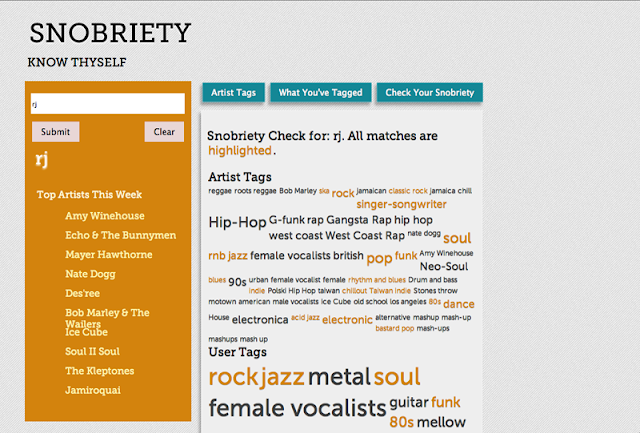For about a year I have been in charge of the design of the Downstate Young Democrats, meaning the 5 boroughs of the Greater New York Metropolitan area (minus the Bronx because they don't yet have a chapter). One of my projects involved creating an overarching interface which would not only represent the individual county but also indicate that it was part of the greater Young Democrats organization in the city.
These screens are the first two sites that have been created, for Staten Island and Queens County. Staten Island came on board earliest, and the design convinced Queens that they too wanted a new site. The sites are intended to draw in newcomers, and keep members in the community up to date on Young Democrat events. Some dynamic features which allow members can update include a blogroll on the front page, the carousel for ongoing updates, and a gallery for images members can upload to via Flickr.

These are samples of the each tab for Queens:









